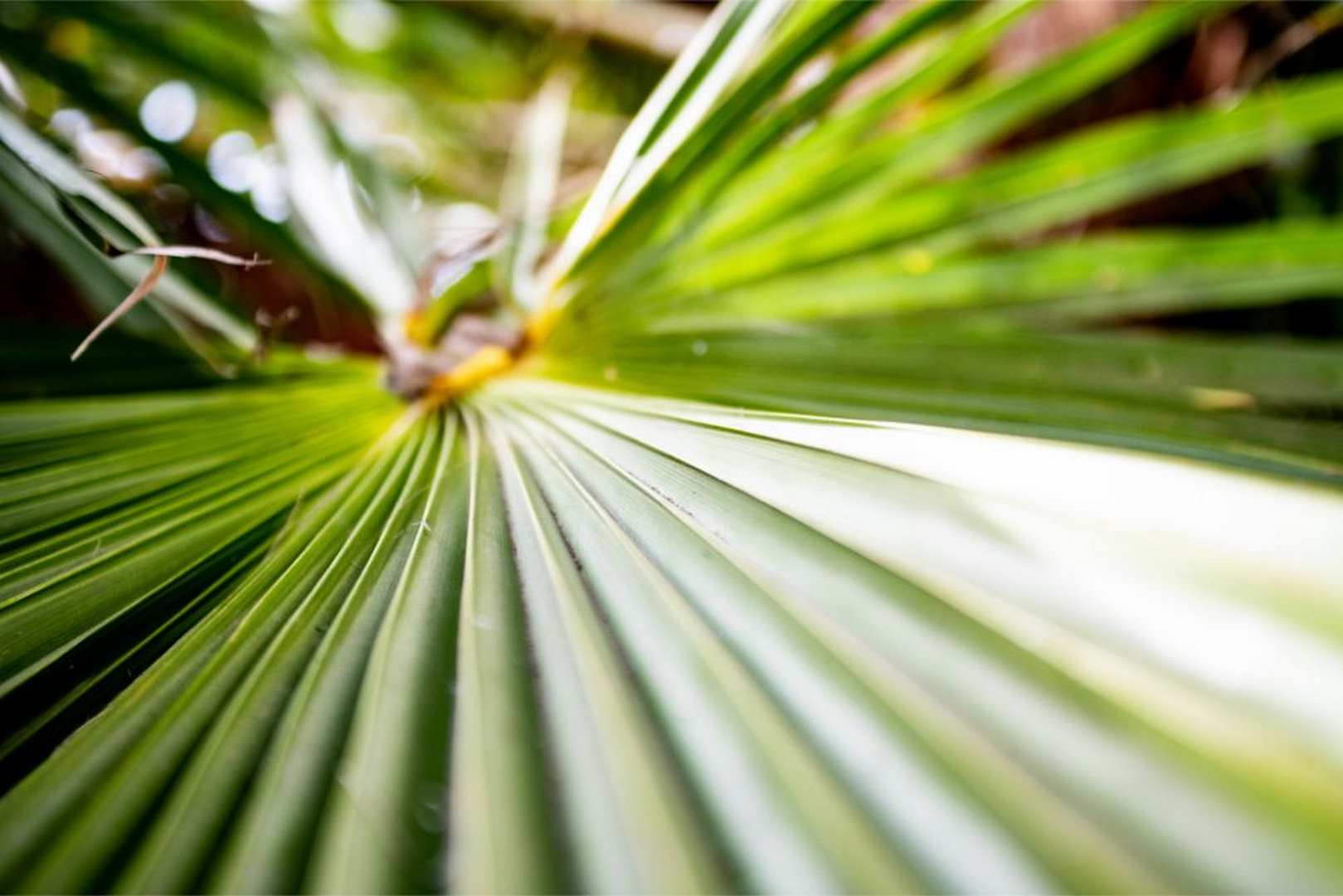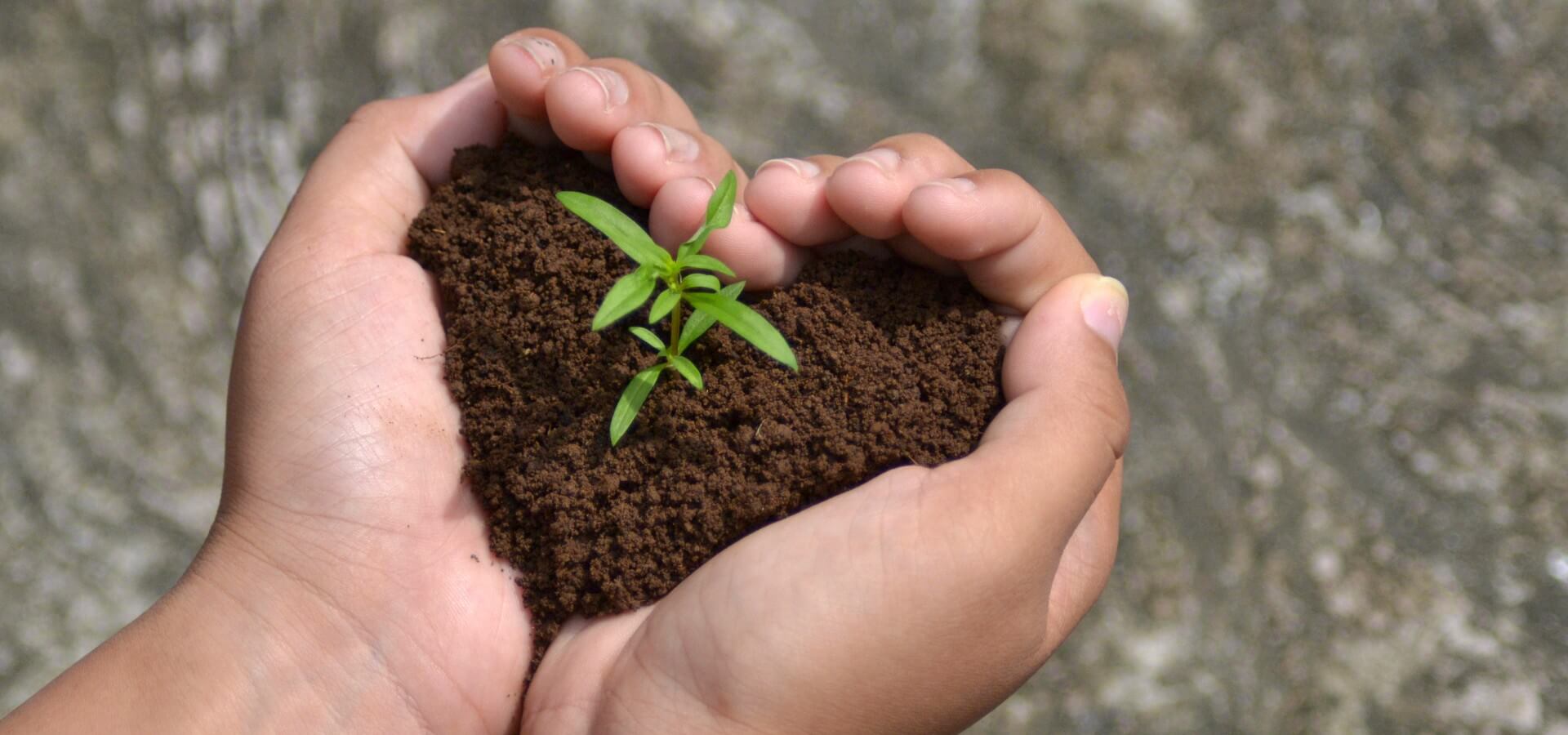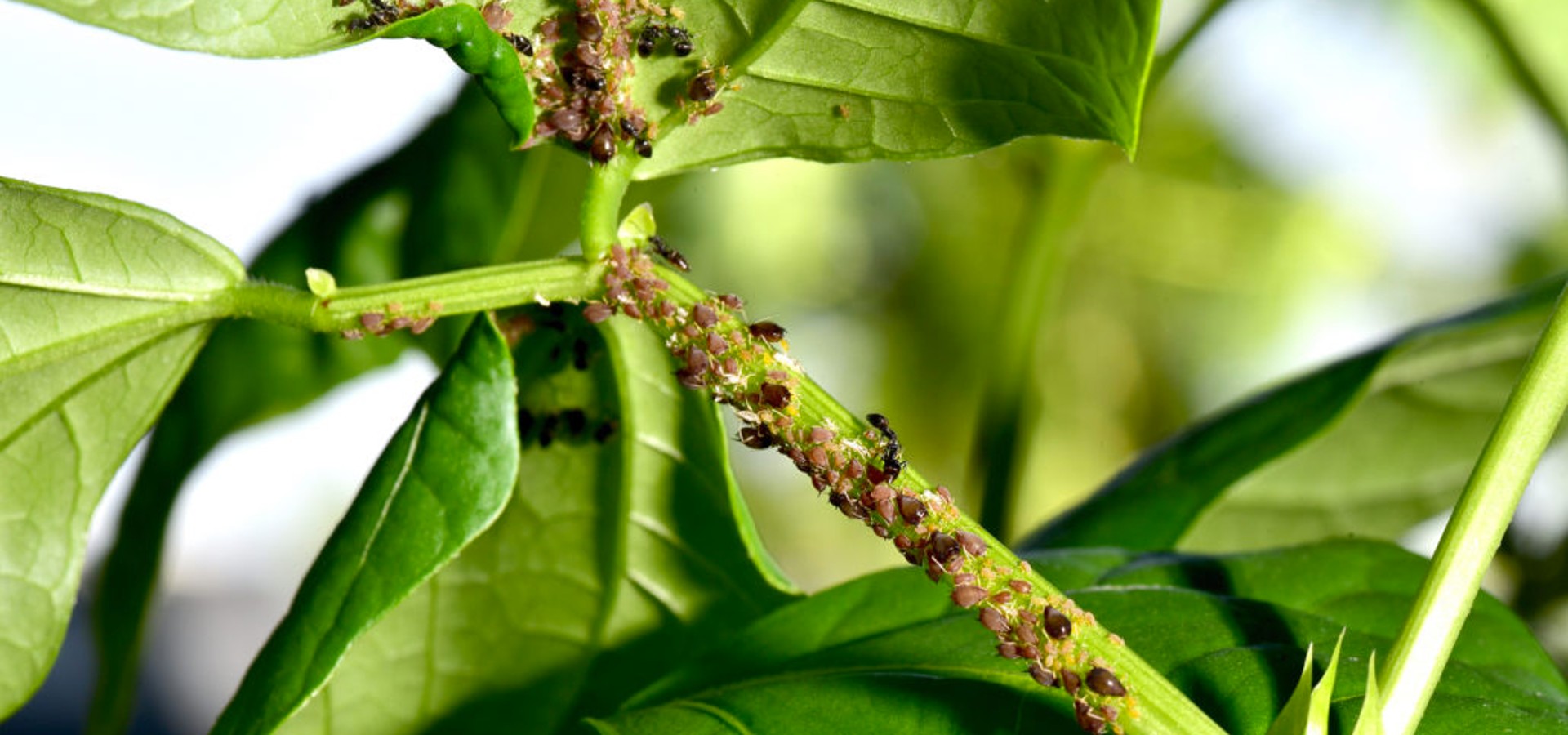Beware of the Pest of the Month – the Palm Weevil
ISA-Certified Arborists Explain How Weevils Threaten Your Beautiful Palms
In this blog post, we discuss the pest of the month, the palm weevil. An invasive beetle species, the palm weevil is like the plague of the palm trees. Studies indicate that the palm weevil affects nearly 30% of the global yield from palms, including coconuts, dates, oil, and even impacts the ornamental palms. Rancho Coastal’s ISA-certified arborists discuss the different types of weevils that pose a threat to the beautiful palms on your San Diego area property.
Insights into the Pest of the Month – the Palm Weevil
All palm weevil species are extremely harmful and can cost your palms their lives. Timely tree pest control and carefully-designed arbor care plans are the best ways to help your palms thrive.
Here is a closer look at the different palm weevils and their key characteristics.
- Red Palm Weevil (RPW): Considered one of the most damaging insect pests of palms in the world, the RPW is predominantly native to Southeast Asia. However, it has traveled and now affects palms across the Middle East, the Mediterranean basin, China, Japan, US, and the Caribbean.
- The adult beetle including the long snout or rostrum can be around 1.4 to 1.6 inches long and is a rusty red in color.
- Weevil larvae can bore a hole in the trunk of a palm that’s over a meter long, which weakens and eventually kills the tree.
- RPW usually infects palms that are under 20 years old, and the adult female can lay between 200 and 500 eggs in the crown of the tree or at the base of the leaves.
- The adult insects are excellent fliers. While they prefer to attack already infested or weakened palm trees, they do not shy away from colonizing healthy palms.
- Visible signs of infestation include yellowing or wilting of the palms. Usually the crown wilts first, followed by the lower leaves. Usually, by the time the external symptoms appear, it is already too late to revive the dying tree.
- The SAPW has crossed over to the US from Mexico and is one of the largest threats to the Californian palms, affecting 30 species and 12 plant families.
- SAPW infestation include crown collapse, clipped or notched leaflets, or damaged fronds at the crown center.
- Originating from South America, the palm borer has spread north to the US as well as to parts of Southern Europe. While this pest mainly affects the fan palms, date palms, and Mediterranean dwarf palms, experts recommend keeping a close eye on other palm species as well.
Timely and Efficient Tree Health Care in the San Diego Area
Most palm weevil infestations are tough to spot. By the time any visible signs appear, it is usually too late to save the tree. At Rancho Coastal, our ISA-certified arborists have the knowledge and experience to prevent pest infestation and nurse your sick trees back to health. As part of our tree wellness initiatives, we can also create customized plans for proactive health care of the palms on your San Diego area property. Our environment-friendly tree pest control measures aim to provide sustainable protection against all known tree pests and diseases.
Rancho Coastal is a licensed, bonded, and fully insured tree service company certified by the Tree Care Industry Association (TCIA). We provide tailor-made arbor care services to residential and commercial properties across the San Diego Area, including Ocean Beach, Pacific Beach, Mission Hills, Rancho Santa Fe, Del Mar, Point Loma, and La Jolla, CA.
Protect the palms on your San Diego Area property from all types of palm weevils. For timely tree pest control and quality arbor care, speak to the experts at Rancho Coastal. Call 619-847-4225 or contact us online to schedule a consultation.



